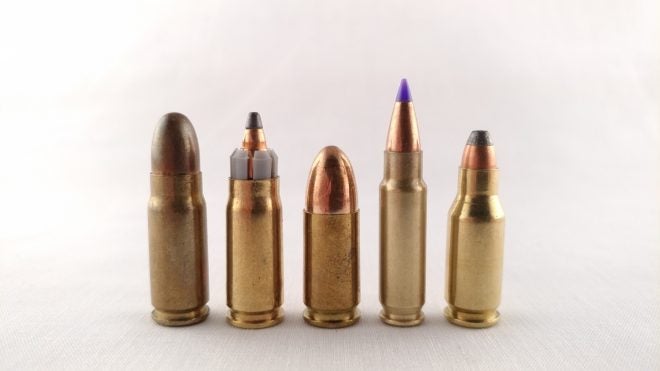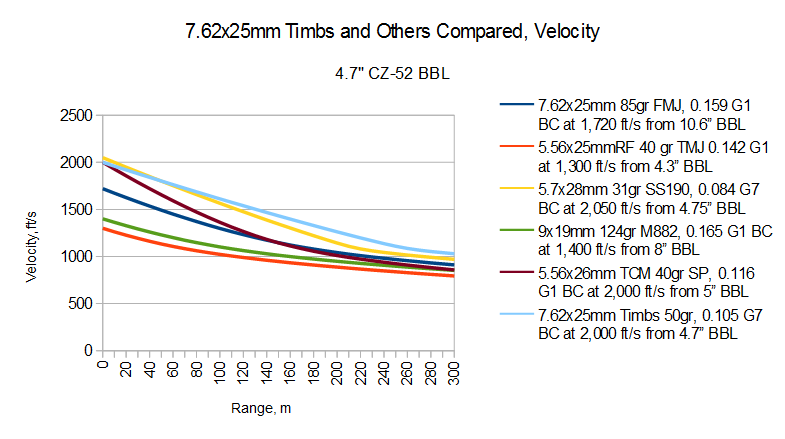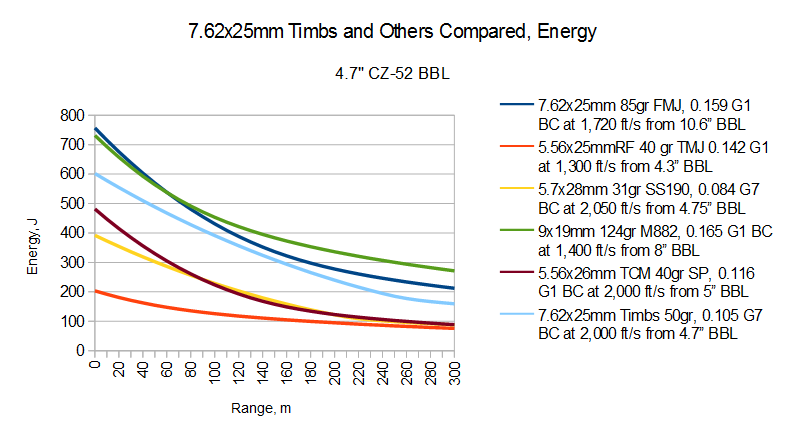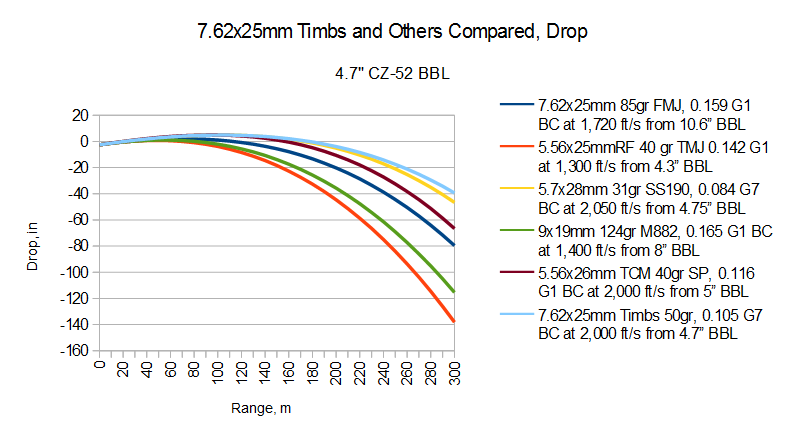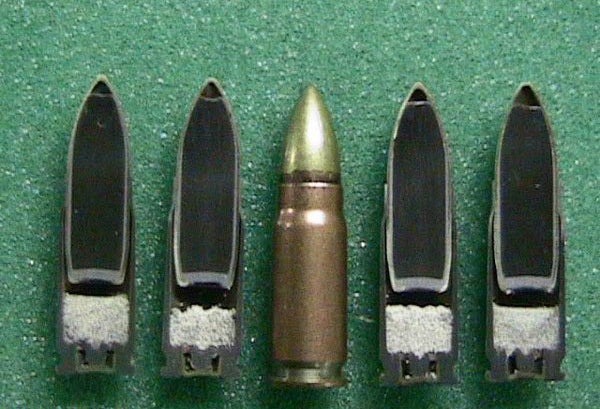What do you get when you take the venerable speedster 7.62 Tokarev, and load it with a muzzleloader-style sabot and 50gr .22 cal projectile? You get one of the most interesting pistol, submachine gun, and personal defense weapon ammunition concepts there is!
Today we’re looking at a little firebrand wildcat with a punch. The .223 Timbs is not exactly a true wildcat cartridge itself, but a wildcat loading of an existing round, the 7.62x25mm Tokarev. It was developed as a collaboration between Quality Cartridge and Joseph Timbs; beyond that, not much else is available about its history. What makes the .223 Timbs different, though, is its use of a sabot to drive the bullet. This feature substantially increases the area of the projectile’s base as well as the swept volume of a barrel of a given length, giving the maximum transfer of energy from the propellant to the projectile in short barrels. This means the Timbs marries the efficiency of a full bore pistol round with the velocity of a small bore high velocity pistol round, like the 5.7x28mm FN. The efficiency of the .223 Timbs is obvious when compared to the .22 TCM covered in the last installment. Although their case sizes and net capacities are very similar, the .223 Timbs can propel a 57gr projectile (50gr bullet plus 7gr Accelerator sabot) to the same velocity (2,000 ft/s) as the .22 TCM can propel a 40gr projectile from the same length barrel, giving the .223 Timbs a nearly 25% advantage in effective muzzle energy over the .22 TCM, and better downrange ballistics.
Let’s take a look at those ballistics now:
Note: “5.56x25mmRF” is .22 WMR. A while back I decided all the labels on these graphs would use a standardized metric format, for some reason. It hasn’t caused an ambiguous situation until now, and by the time I caught it on this one, the graphs were already done. Sorry!
We can see how the extra mass really pays off for the Timbs, as – of the SCHV rounds – it has the highest energy and velocity retention, and the least drop of all the rounds. As far as pistol SCHV rounds go, the .223 Timbs is probably about as good as it gets without running into excessive size and weight problems.
The Timbs has another advantage, as well: It uses the same chamber specification as 7.62x25mm Tokarev, which means it is compatible with all of the types of ammunition usable in that caliber. This includes not only full caliber supersonic hollowpoints and FMJs, but also large subsonic projectiles such as those developed by the Chinese for the caliber.
Chinese Type P subsonic 7.62x25mm ammunition with large steel-cored bullet and pointed tip. The .223 Timbs’ sabot gives it all the versatility of the Tokarev caliber, opening up the option of a pistol-compatible “mini Blackout” round with saboted supersonic and full caliber subsonic loads. Image credit: wolfganggross. Used with permission.
Weight of the .223 Timbs is somewhat higher than either the 5.7x28mm or 4.6x30mm, at 9.1 grams, but less than its parent 7.62x25mm.
 Your Privacy Choices
Your Privacy Choices
